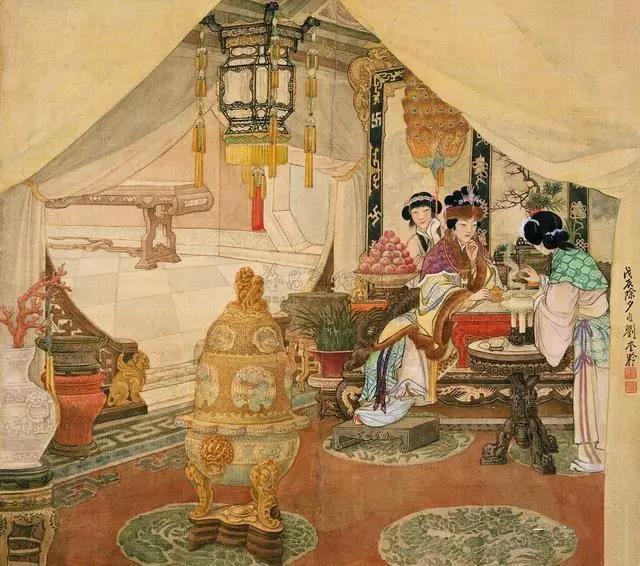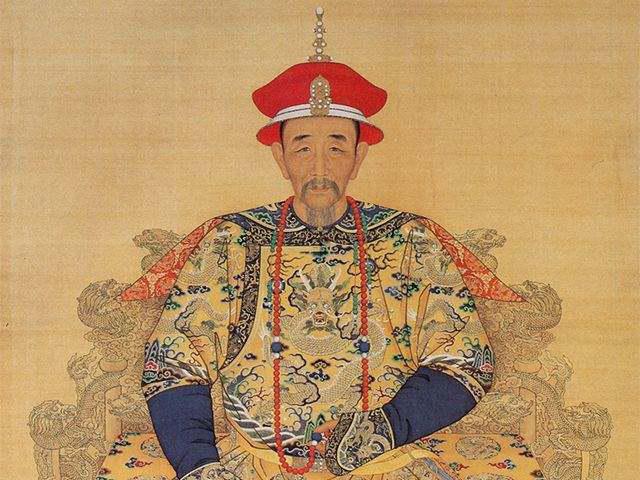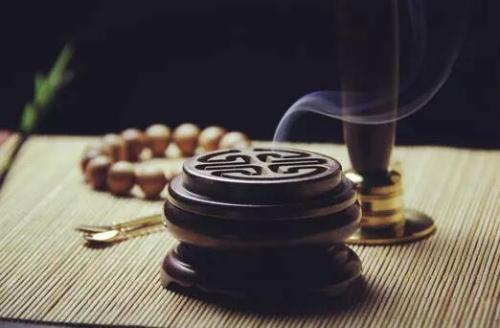Carrying the burden of the Ming and Qing dynasties, mature fragrance art In the Ming Dynasty, while inheriting and developing the exquisite incense culture of the Song Dynasty, it was also combined with Neo Confucianism and Buddhism to form "sitting incense" and "lesson incense". Buddhists and literati built incense studios and quiet rooms, which were popular for a time. During this period, incense began to be widely used and developed mature production techniques. In the prosperous era of the Qing Dynasty, "fragrant incense" had already penetrated into daily life, and incense tables had become a typical decoration in the study room.

Warfare in chaotic times, gradually declining With the decline of the state power and the beginning of war in the late Qing Dynasty, the spiritual life of literati and literati tended to be crude and rigid. Like pure arts such as incense, poetry, music, and dance, they gradually declined. The invasion of enemy forces, warlord chaos, and later the War of Resistance Against Japan, the War of Liberation, and the barbaric invasion of Western culture have led people to question traditional culture, including the decline of traditional culture and art, including the "Incense Road".

In modern times, returning to the spring season Until today, in addition to the methods of burning incense, worshipping Buddha, and wearing sachets that have been widely spread among the people, the strict incense tasting rituals of literati and scholars in the upper class have been lost. Many people do not know what the "incense path" is, let alone cultivate their character through it. Xiangdao is the sublimation of traditional life and art with a long history. Through recognizing incense, understanding the six senses, presenting incense techniques, and practicing incense techniques, and under standardized rituals, one can experience and comprehend life as a high-quality practice.

